Our solution is also available as a download in flyer format!
Solutions for Smart Industrial IoT
Smart Construction Equipment with Automated Data Transmission
BCD Atlantik and our Partners offer innovative solutions for the smart industrial market. Over the past few years, the introduction of the Internet-of-Things (IoT) technology has gained increased popularity in various industries, including the construction industry. As an experienced partner in the smart industrial sector, we can support you in any step of creating powerful, innovative, and robust appliances using our full portfolio of components and modules, services, and customer-specific integration options (partial or complete solutions/ ODM products).
Our next-generation solutions enable a more digitalized and significantly more efficient operation of your equipment on construction sites and in other rough environments worldwide. With benefits like remote monitoring and tracking of equipment, consistent automatized data collection and analysis, decreased downtimes, low power consumption, and higher safety, our solutions can essentially improve your business‘ operations.
![]()
IoT technologies for the construction sector (On-Board-Units)
One of the most promising applications of IoT technology for the challenging needs of the construction sector is the use of on-board units (OBUs) in construction machinery. These specially designed and robust OBUs can be used to automate and optimize tracking, data collection, and processing. An OBU is a small, battery-powered device that can either be built into existing construction equipment or installed in new equipment. The product is designed to collect data from the equipment through a standardized interface and transmit it to the cloud. One of the biggest advantages of OBUs in construction equipment is the ability to automate data transmission, which can significantly reduce the time and effort required to collect and analyze machine data. | In addition to being waterproof, OBUs for construction machinery are designed to withstand extreme temperatures and vibrations. They typically have an operating temperature range of -40°C to +85°C and are resistant to strong vibration as well as shocks. |
Integration of a Quectel BG77 IoT module for a robust IoT tracker
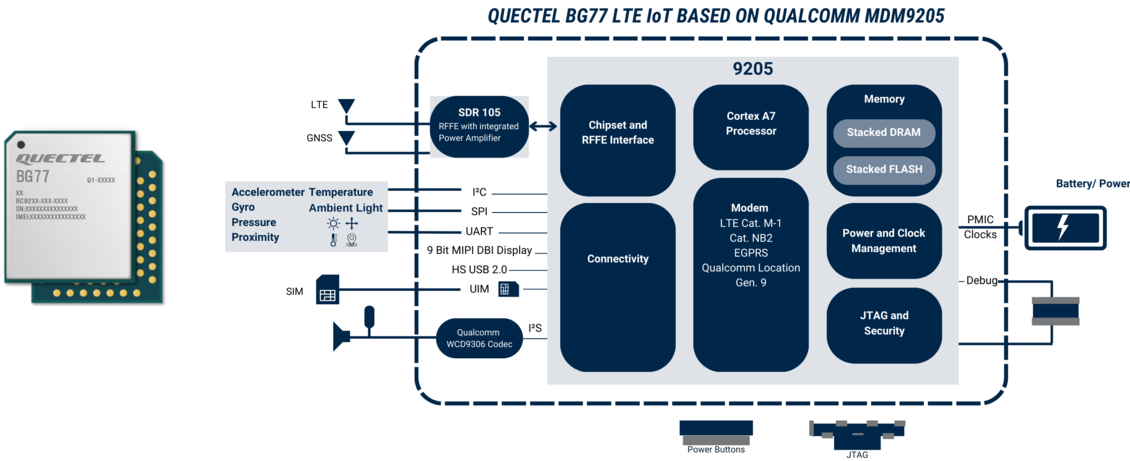
Next-generation IoT tracking solutions to reduce downtime and opportunity costs
TARGET CUSTOMERS:
- Construction Machinery
- Construction Equipment
- Both light equipment (such as rammers and plate compactors)
- Heavy Equipment (such as rollers and road pavers)
- Equipment for harsh environmental conditions
MAKING USE OF FEATURES:
- Operation temp range -40 °C to +85 °C
- IP68 proof
- 15G level gravity secure
Feel free to contact us for information on optimizing operations on remote construction sites and as well as transparency, productivity, and profitability!
Smart Metering
For Challenging Deployment Landscapes
The metering device itself is just one of the challenges involved in smart meter deployment. Since a smart meter per definition must be connected to enable the transmission of data, connectivity is a mission-critical requirement. There is not only one correct choice of network technology for connecting smart meters since each use case has different characteristics. The range of technologies used extends from utility private mesh wireless networks to Low Power Wide Area (LPWA) technologies such as LoRaWAN and Sigfox to the cellular market with Narrowband IoT (NB-IoT) and LTE-M. In addition, there is also 2G cellular used in some markets.

Various connection options
Despite these differences, metering companies are choosing to focus on a limited number of connectivity options, with NB-IoT and LTE-M leading the market for cellular metering. Connectivity decisions are increasingly based on cost, security, coverage, power consumption, and potential throughput of connectivity. Each of these factors can lead to the success or failure of rollouts and therefore must be carefully considered against one another to find the ideal solution. | Another limitation is battery life. With a useful life of two decades or more, utility companies need energy-efficient meters. The expense of battery replacement can ruin a utility's profitability. Therefore, low-power solutions with the capacity to still transmit the data needed by utilities and their partners are very appealing. Prior to Release 13 of 3GPP*, when PSM and eDRX capabilities did not exist for Cat-1 and above classifications, installations over 10 to 15 years were not possible. Now, innovative chipsets and modules enable the lowest power consumption a microcontroller unit (MCU) can achieve. |
Now, innovative chipsets and modules enable the lowest power consumption a microcontroller unit (MCU) can achieve.


QUECTEL BC660K-GL
Quectel's BC660K-GL module is based on Qualcomm's latest chipset, QCX212, and is specifically designed to fulfill the requirements of the smart metering sector. The module has a notably low power consumption, which is essential for installations intended to be in operation for 15 or 20 years. BC660K-GL enables long-term use due to its extremely low extended DRX power consumption and PSM consumption of less than one micro Ampere. In fact, power consumption is as low as 800 nano Amperes, and depending on the usage cycle, daily consumption can range as low as 5 to 20 microns. These are extremely energy-efficient levels at which a typical MCU would go into deep sleep. This makes the BC660K-GL an extremely powerful module for the smart metering market.
Recommended products & options
Specially developed for industrial IoT applications
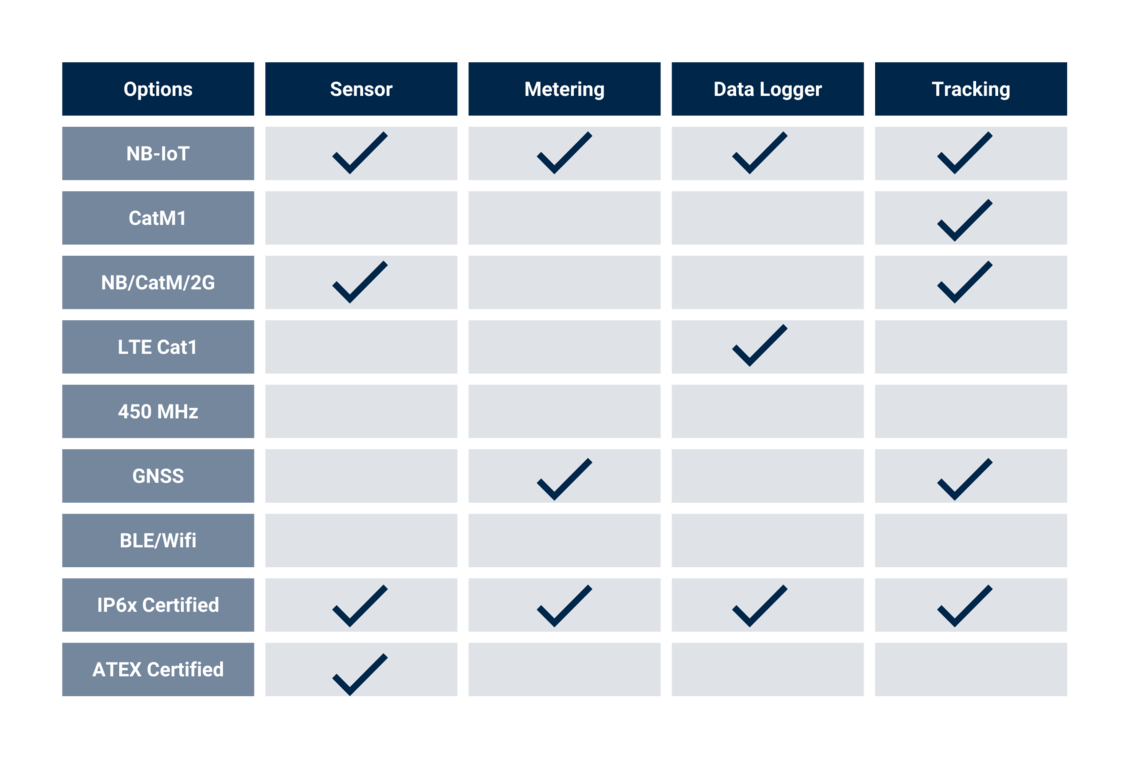

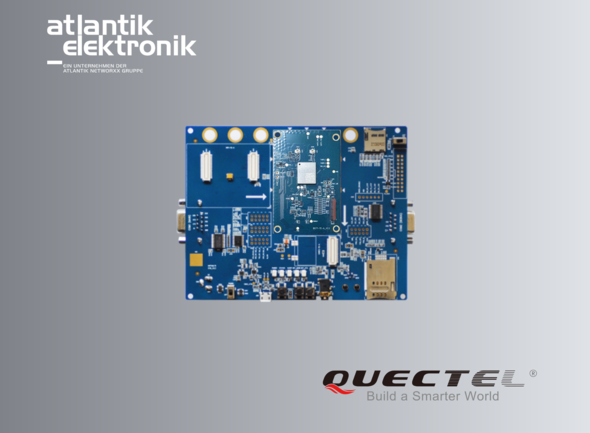
LTE-EVB-KIT + BG77-TE-A
UMTS & LTE development kit
- Two (U)SIM interfaces
- Two UART interfaces
- Multiple audio interfaces
- USB interface
- Keypads and LED indicator lights
- Suitable modules: UC20, UGxx1), EC2x2), FC20 series3), EG95
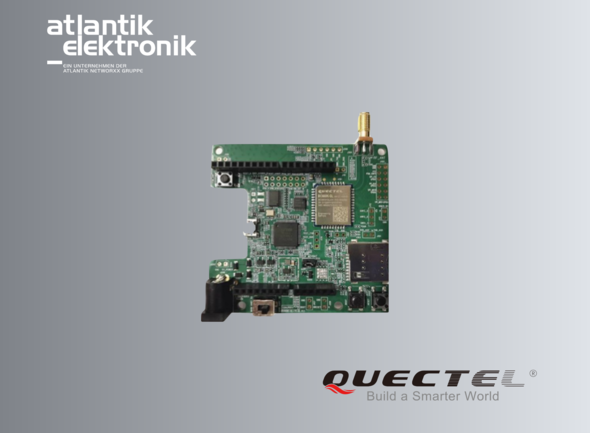
BC660K
LTE NB-2 Development Kit
- Evalboard
- NB-IoT antenna with SMA connector
- Micro USB cable
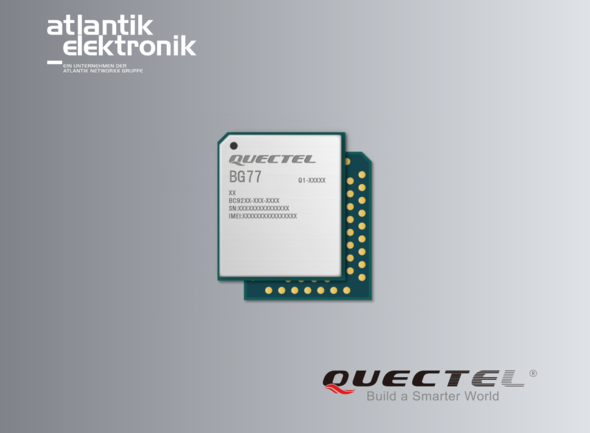
BG77-LGA
Narrowband | CatM & GNSS Module
- Multimode LPWA module
- USB 2.0 interface
- Integrated RAM and Flash in baseband chipset
- Hardware-based security functions
- Extended temperature range from -40 °C to +85 °C
- Supports LTE Cat M1, LTE Cat NB2 and integrated GNSS
- Complies with 3GPP Release 14 specification

BC660KGLAA-I03-SNASA
NB2 IoT Module
- Compact, multi-band LTE Cat NB2 module
- Ultra-low power consumption
- Ultra-low Cost
- Built-in eSIM
- Wide power supply range: 2.2-4.3 V
- LCC package facilitates high volume production
- Compatible with Quectel GSM/GPRS M66 and NB-IoT BC66 modules, enabling easier upgrades in the future
- Numerous embedded Internet service protocols
- Multi-band and rich external interfaces for convenient application
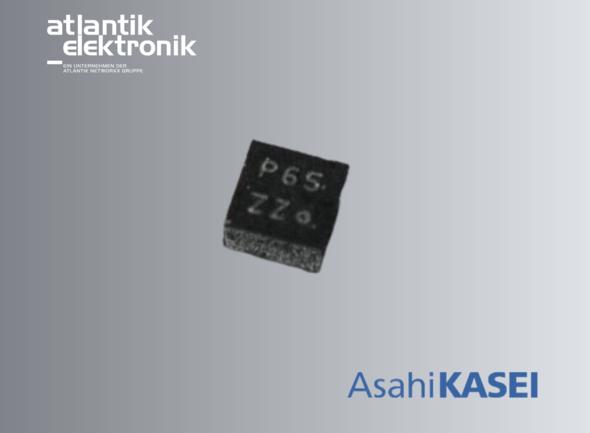
AK09918C
Compass sensor
AK09918C realizes the smallest size 0.76 mm × 0.76 mm × 0.5 mm (63% of the size of the conventional product AK09916C) of our company, while maintaining the high performance of the conventional product AK09916C.
AKM compass sensor, 4-pin WL-CSP package. (Power supply 2 pins, 2 pins for I2C communication), Power supply: 1.65V-1.95V, Measurement range +- 4.9µT, Resolution 16bit, Power consumption: 1.1mA@ 100Hz ODR, Interface: I2C
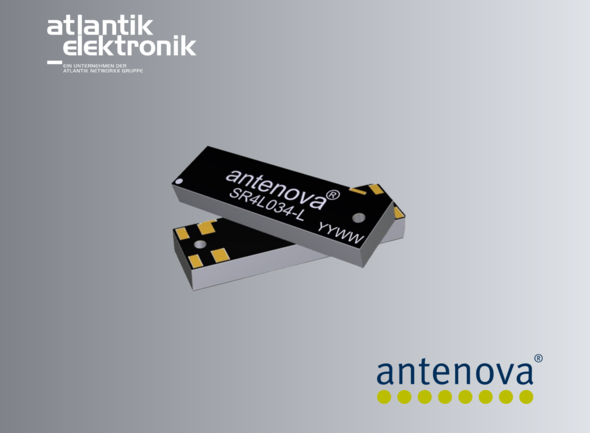
SR4L034-R
Inversa 4G-Antenna
Antenova's Inversa 4G antenna for LTE applications is a high-performing product with a very compact size. It allows you to have a left and right version and use them as single or in pairs for MIMO. This makes the Inversa perfect for small tracking devices, on-board diagnostic devices and for devices with limited space.

